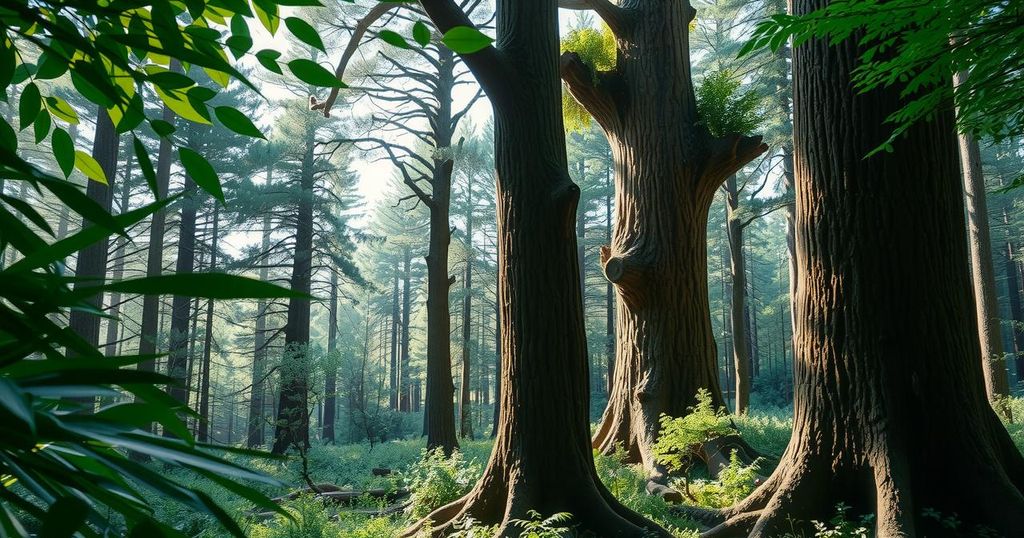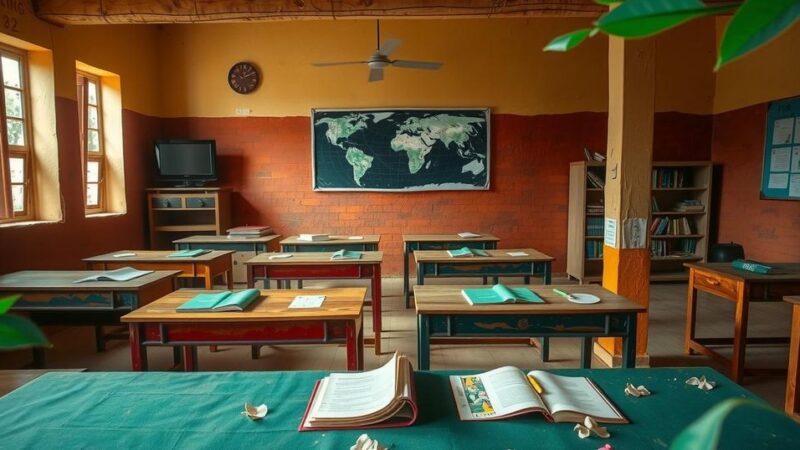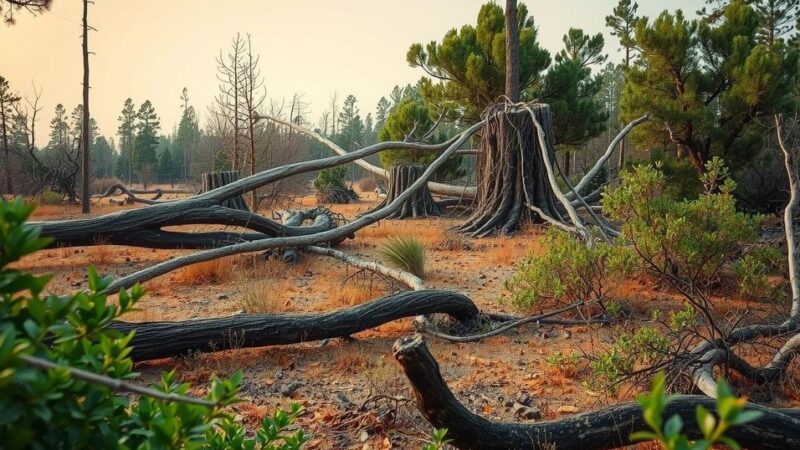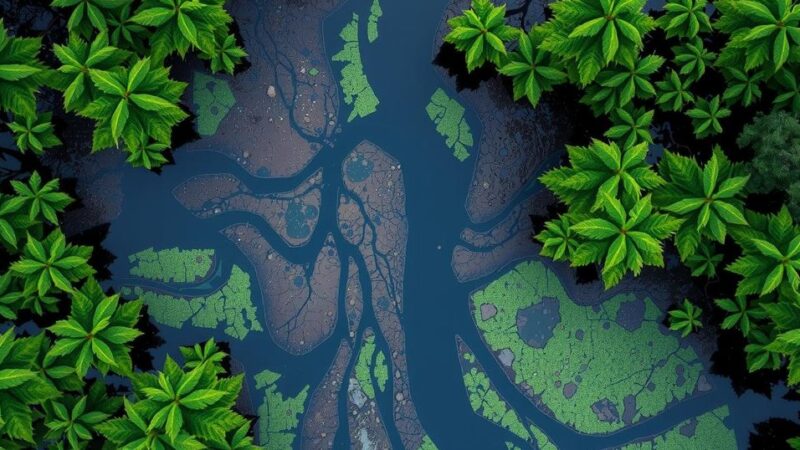The Rwandan government is mapping native legacy trees to preserve cultural narratives and enhance eco-tourism. These trees are crucial for carbon storage and resilience to climate change. Initiatives include creating a national registry and developing protective policies. The project also aims to generate revenue through the carbon market and promote sustainable development.
The Rwandan government has initiated a project to identify and map native legacy trees across the country. This effort aims to collect associated historical and cultural narratives, thereby supporting conservation, eco-tourism, and participation in the carbon market. Philippe Kwitonda, the Director General responsible for Land, Water, and Forestry, states that these legacy trees are among the oldest and largest native trees that have withstood agricultural and urban development.
Such trees demonstrate resilience to climate change and disturbances due to their natural diversity and age. They not only possess substantial cultural and historical importance but also store more carbon than younger trees owing to their size. One notable example is ‘Icubya,’ a 300-year-old shrine tree in Rutunga Sector, which holds significant cultural value and features prominently in local history. This tree symbolizes a victory by Cyilima II Rujugira, a prominent leader from the 17th century.
After mapping these legacy trees, the government plans to formulate protective policies and introduce a ‘Legacy Tree Tour’ to promote eco-tourism and community conservation efforts. Kwitonda emphasizes the importance of preserving these landmarks, stating that construction projects must account for their protection.
Beth Kaplin, a Senior Researcher at the University of Rwanda, highlighted the project’s dual goal of combining scientific research and traditional knowledge to enhance biodiversity conservation. She remarked that a national registry will facilitate better access to native tree seed stocks for reforestation, supporting Rwanda’s commitments to the Global Biodiversity Framework.
Concorde Nsengumuremyi, Director General of the Rwanda Forestry Authority, explained that older and larger trees significantly reduce carbon emissions, translating to valuable carbon credits in the market. Rwanda aims to sell 7.5 million tonnes of carbon credits, potentially generating $337 million. This Legacy Tree Project represents a vital step toward safeguarding Rwanda’s natural heritage, underscoring the necessity for collective action among communities and institutions for sustainable development.
The Rwandan government’s initiative to map and conserve legacy trees illustrates a vital commitment to environmental stewardship and cultural heritage. By focusing on these ancient trees, the project fosters eco-tourism, enhances carbon market participation, and strengthens biodiversity conservation efforts. Collective action is essential for protecting these invaluable natural landmarks, ensuring they continue to offer historical significance and ecological benefits for future generations.
Original Source: www.newtimes.co.rw






